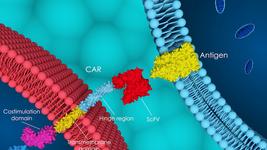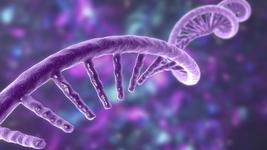Unveiling Drug and CRISPR Resistance in Cancer
The study introduces a novel methodology to investigate multidrug resistance (MDR) and CRISPR-Cas9 resistance in cancer, focusing on constructing and analysing gene regulatory networks (GRNs). By examining the differential gene expression of cancer cell lines, researchers identified key genes and pathways contributing to resistance mechanisms.
The study revealed that specific genes, such as UHMK1, RALYL, MGST3, USP9X, and ESRG, directly relate to chemotherapy drug resistance. The GRN analysis also identified 14 genes that formed a subnetwork associated with resistance to CRISPR-Cas9 editing.
Some of the genes linked to transcription regulation (APBB2, RUNX1T1, ZBTB7C, ISX) and proliferation control (APBB2, BTG3, ZBTB7C, SZRD1, LEF1), suggesting an involvement of these two pathways in the resistance mechanism. None of them has previously been reported in this context, but nine were somehow related to previous CRISPR-Cas9 studies.
Interestingly, long non-coding RNAs (lncRNAs) like ESRG and LINC00664 were identified within the lung cancer cell lines' GRN, suggesting a potential regulatory role in drug resistance. Furthermore, the study highlighted the lack of overlap between GRNs derived from lung and intestine cancer cell lines, emphasising the tissue-specific nature of resistance mechanisms. This finding underscores the importance of considering tissue-specificity in future research efforts to develop more effective cancer treatments.
The study's innovative approach, combining CRISPR and drug screening data, opens new avenues for understanding and overcoming resistance in cancer therapy.
The research was led by Mario Lauria at University of Trento, Italy. It was published today in Scientific Reports, and you can read it here.
To get more of the CRISPR Medicine News delivered to your inbox, sign up to the free weekly CMN Newsletter here.
Tags
CLINICAL TRIALS
Sponsors:
Wave Life Sciences Ltd.







